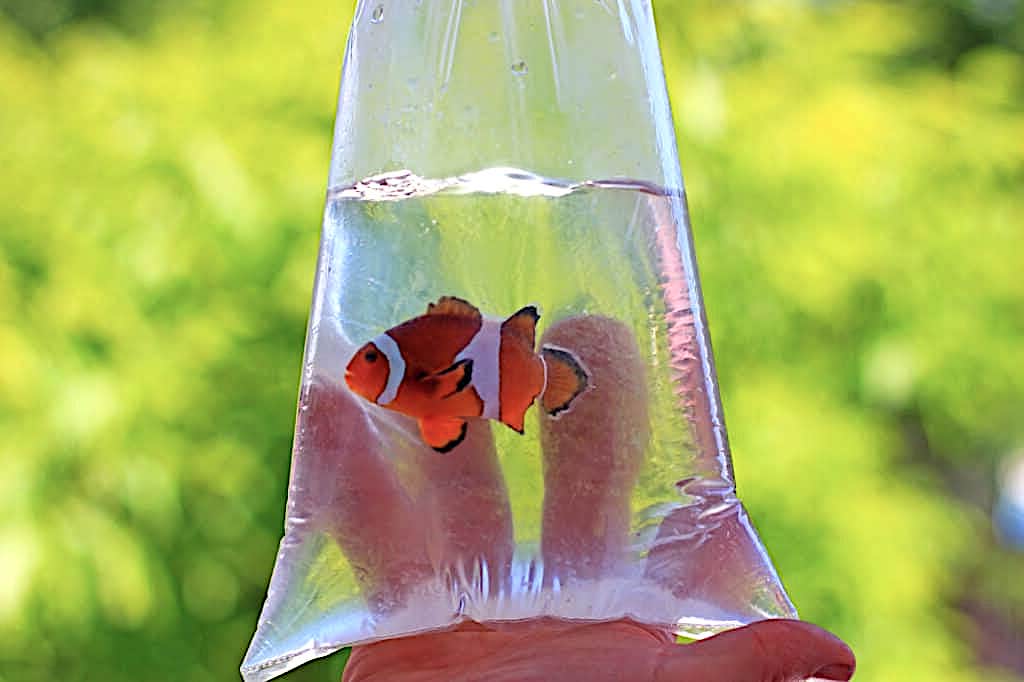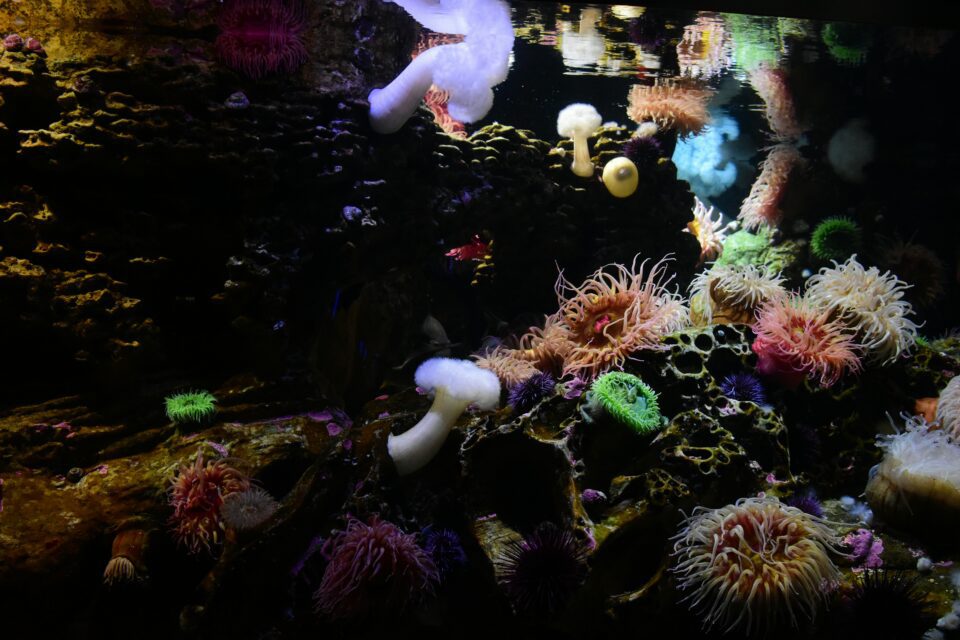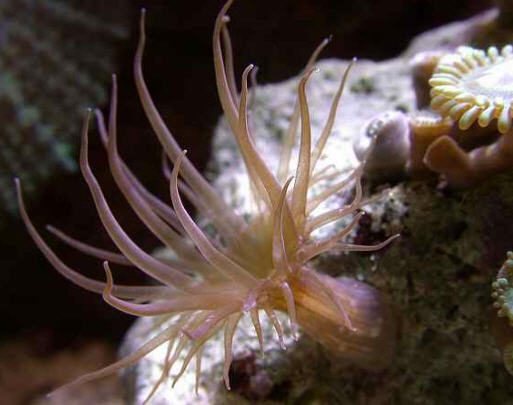Buying a new saltwater fish, piece of coral or an invertebrate is just the first step. You need to then transport your new pet home, get them in your tank with the best chance of survival possible. This is the guide to do just that!
What is acclimation
At our store, Artistic Oceans, we sell lots of animals. While we do everything in our power to make sure the saltwater fish for sale stay happy and healthy, once they leave our store… it’s up to the customer. Acclimation is a process that helps you increase the likelihood of your animal adapting to your aquarium in a stress free, and long lasting way.
Saltwater Fish
With the saltwater fish we sell, they are kept in a variety of salinity and copper levels. Hypo salinity and copper, both, kill parasites and help the fish fight off anything they have been exposed to. What that means is that the water that saltwater fish in store’s live in, is not the same as your home tank. Putting that water in your tank is a huge mistake.
How to acclimate saltwater fish
We highly recommend that any fish goes into a quarantine tank for observation and medication long before it makes it into your display tank. Some people do not have the space, time, or inclination to quarantine. That makes acclimation even more so important.
First, you need to float your fish before removing them from the bag at the store. This allows the water temperature in the bag to adjust to your tanks temperature. This reduces stress on the fish and will make the eventual insertion of the fish that much easier.
Next, you need is some basic equipment. You need a small bucket or bowl and a drip acclimation kit at a minimum. Drip acclimating allows you to slowly, one drop at a time, adjust the water from the fish store water, to your tank water. No matter how well kept your aquarium is, the parameters are different from tank to tank. Fish are resilient and can adjust to quite a bit of different parameters, if given time.
You will pour your bag in the bucket with the fish and water. Set up your drip acclimating kit to have a few drops per second go into the bucket. As the bucket fills up, you want to empty it back to the original level of water with the fish still in the bucket. You will continue drip acclimating the fish until you have emptied the bucket 2-3 times. This allows the fish to slowly become adjusted to your tank water. There is still going to be a small amount of copper in the water, you do not want this in your tank, we will fix that shortly.
Next, we need to dip your new pet in a quality fish dip, or at the very least, a freshwater RO dip. Dip’s kill most parasites, help with any kind of infections, and overall improve the health of your fish. More importantly, it can kill off any parasites that might have been introduced to your aquarium. If you do not have, for some reason, a quality fish dip, you can use RO water.
If you use a dip, you will be following the instructions on the package. It varies from brand to brand depending on which one you buy. Always try and match the temperature and PH of the water you use for the dip.
If you’re doing a freshwater dip, make sure you’re using RO water and make sure the temperature is the same as the tank water. Then you dip the fish in the bucket of RO water for 3-4 minutes. If you see any distress or panic in the fish, end the dip immediately.
Pay close attention to the dip/ro bath for any parasites like flukes in the bottom. If you do see ANYTHING we highly recommend you do not put the fish in your display tank without a quarantine.
Coral
Coral doesn’t really require a quarantine tank, and the specialized requirements of lighting and flow make this almost impossible anyways.
The coral will be stressed from the move and will not immediately adjust to high output aquarium lighting. By turning off the lights, you remove a possible source of stress for the new arrival. Overexposure to light in general can be an issue with new additions to your reef tank. It only takes a day or two under high light conditions to severely damage a coral that was grown under more modest illumination.
Typically we use a small plastic tub to acclimate the new corals. If you like, you can empty the containers with the coral into separate tubs, however when we receive new corals, we tend to place them in the same tub. The purpose of this is to provide enough volume to add in water from the aquarium as well as prepare a pest control dip solution.
Drip acclimate the coral, as described in the saltwater fish section. The slower you add the water the better. Corals and other invertebrates are sensitive to fluctuations in pH and especially salinity. Consider the temperature drop-off that occurs during this time as well, if the tub is big enough consider a heater. The entire acclimation process should not take more than 30 minutes.
Here at Artistic Oceans, we advocate using pest control dips to reduce the risk of hitchhikers and parasites making it into your aquariums. We dip our corals often, even when moving corals between systems, but there is no guarantee that the threat is eliminated. The two types of dip used most often is Coral Rx for pests such as flatworms and nudibranchs and Lugol’s Iodine for bacterial infections.
Finally, find a suitable location where the new coral will receive the appropriate flow and lower light. It will need a few days to adjust to the new lighting.
Invertebrates
Invertebrates are a diverse group of marine animals that lack a spinal column. This category includes a variety of unique organisms commonly found in reef tanks such as corals, crabs, shrimp, snails, clams, mollusks, sponges, and anemones.
Proper acclimation is critical for invertebrates since they are highly sensitive to changes in salinity, much more so than fish. Therefore, it is important to drip acclimate new invertebrates to gradually adjust them to the salinity of your aquarium. Simply floating the bag in the tank will only equalize the temperature and will not effectively match water chemistry.
But they are much simpler overall and don’t have the same issues that coral’s and saltwater fish have, so things like dips and quarantines don’t apply.
Conclusion
Correctly acclimating your new animal isn’t something that is discussed as often as it should be. Nothing is worse than adding a new pet to your tank, and instead of enjoying it, you introduce a parasite or kill the pet. By following our guide you can give your new pet the best chance of a happy life in your reef tank!




